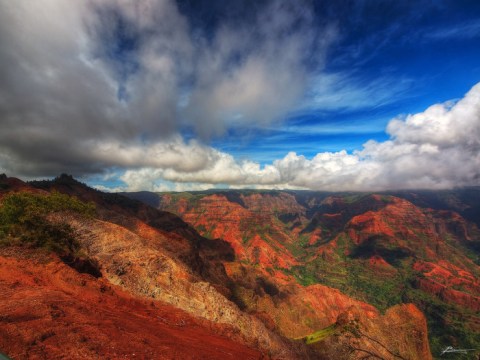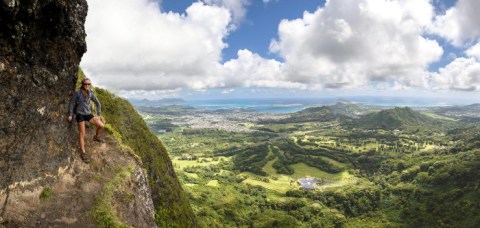The Grand Canyon Of The Pacific Is Right Here In Hawaii And It's Breathtaking
Located in western Kauai, Waimea Canyon is often referred to as the “Grand Canyon of the Pacific,” and though the expansive canyon is not as big — or as old — as its Arizona cousin, you will surely never experience anything quite like this geological wonder in Hawaii. Nearly 14 miles long, one mile wide, and more than 3,600 feet deep, the stunning Waimea Canyon is full of striking cliffs, incredible colors, and cascading waterfalls; it is perhaps Hawaii’s most unspoiled natural beauty, and easily among the top natural wonders in the US.
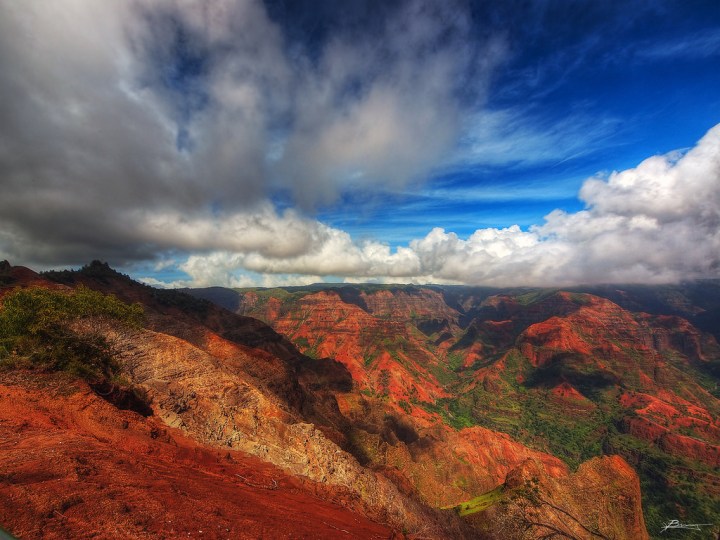
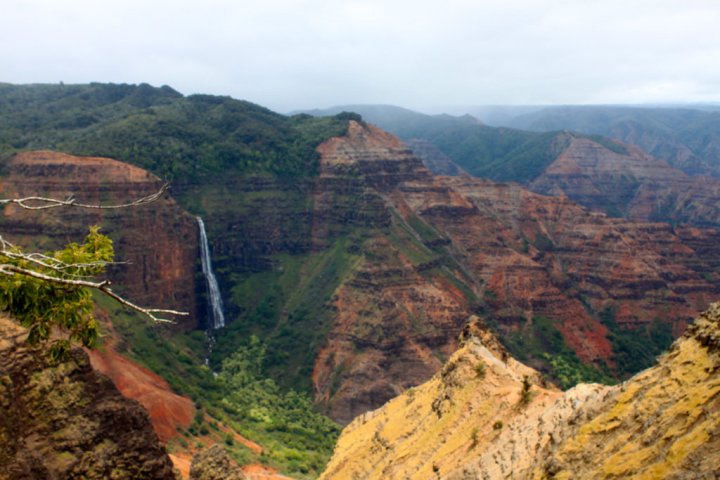
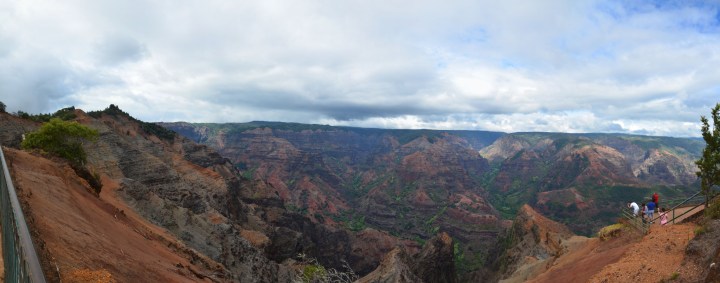
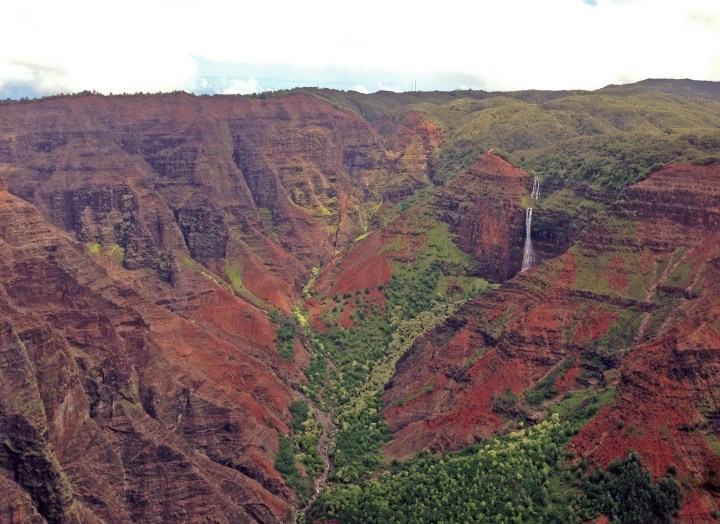
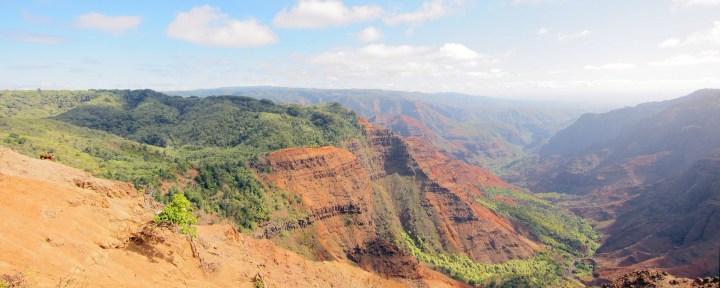
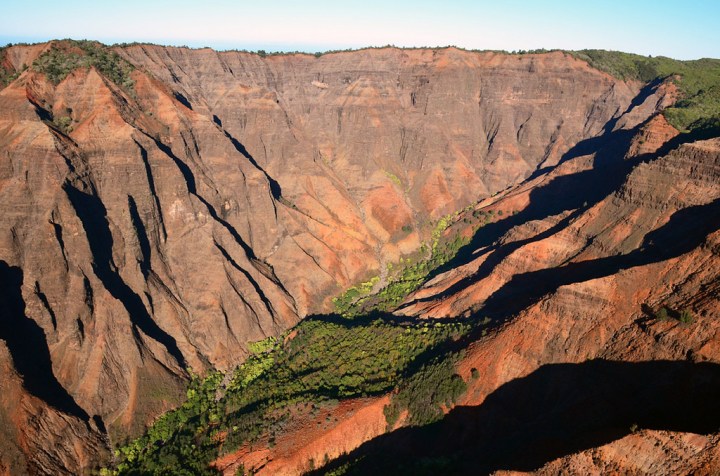
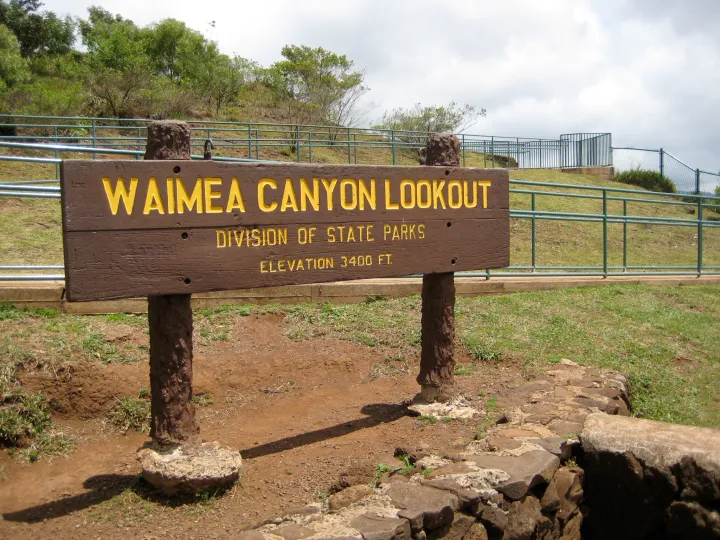
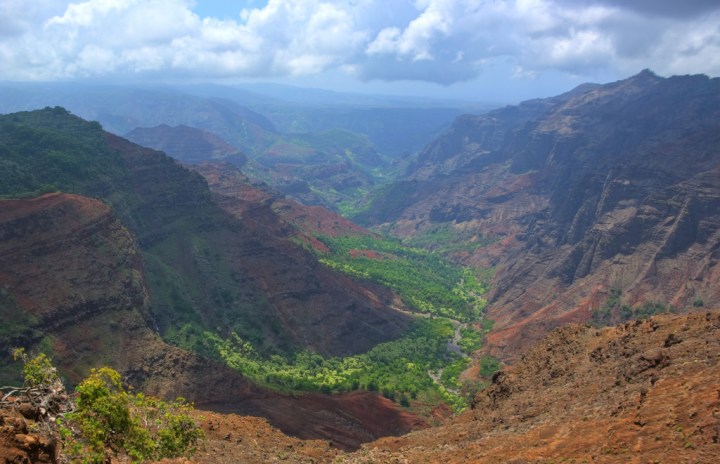
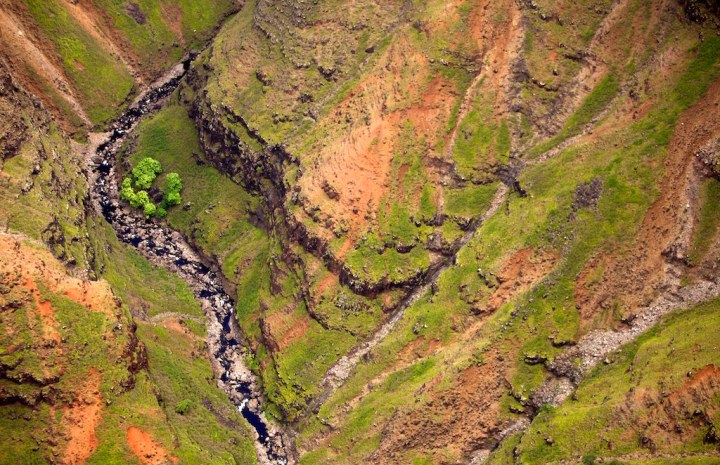
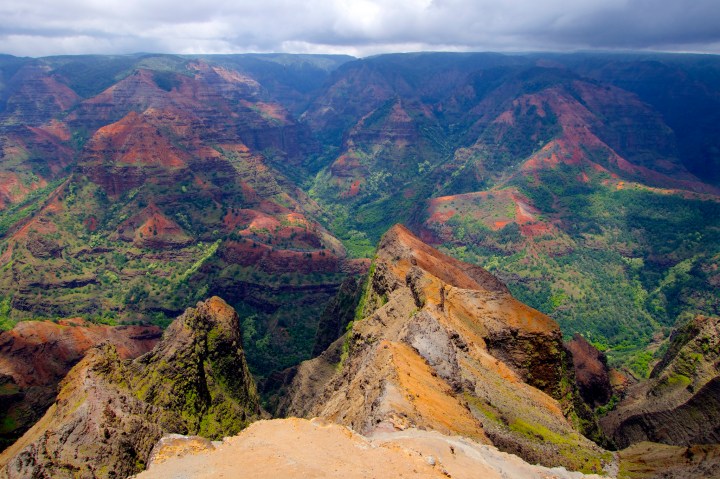
Have you ever visited Hawaii’s Waimea Canyon? Tell us about your visit in the comments, and then join our Hawaii Nature Lovers Facebook group if you have photos you’d like to share! If you enjoyed reading all about Hawaii’s very own Grand Canyon, you’re sure to love these 15 spots in Hawaii where time stands still.
OnlyInYourState may earn compensation through affiliate links in this article. As an Amazon Associate, we earn from qualifying purchases.
More to Explore
Hawaiian Geology
How were the Hawaiian Islands created?
The fascinating geology of this unique island paradise is truly fascinating. The Hawaiian archipelago was created millions of years ago when underwater volcanoes emerged from the ocean’s surface. With approximately 20 volcanoes ranging in age from 400,000 years to 5.1 million years, the Hawaiian archipelago is the youngest section of the Hawaiian-Emperor seamount chain of volcanoes and seamounts extending across the Pacific Ocean.
How many active volcanoes are there in Hawaii today?
In addition to several dormant and extinct volcanoes, the Hawaiian Islands are home to approximately six active volcanoes found across the state. These include Kilauea, one of the world's most active volcanoes, Mauna Loa, Hualalai, and Mauna Kea, all of which are found on Hawaii Island, as well as Haleakala on Maui and Loihi, the only known active submarine volcano in Hawaii. Loihi erupted recently, in 1996 during a swarm of earthquakes, and is located less than 1,000 meters below sea level southeast of Hawaii Island.
Are there any unique geologic formations found in Hawaii?
Of course, there are! Formed over the course of millions of years from countless volcanic eruptions, the Hawaiian Islands are not only truly remarkable but home to some simply jaw-dropping — and strange — rock formations. From striking lava tubes and lithified sand dunes to geological formations resembling your favorite animal, you’ll only find these 13 odd rock formations in Hawaii.



